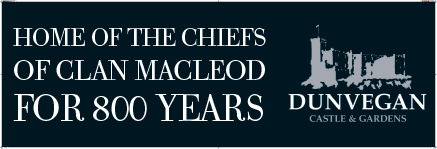Ireland - Rep. Of Ireland
![]()
NATIONAL FAMINE MUSEUM
Strokestown Park
Strokestown, Co. Roscommon
t: +353 (0)71 963 3013
e: info@strokestownpark.ie
w: www.strokestownpark.ie/famine/museum/
The Great Irish Famine of the 1840s is now regarded as the single greatest social disaster of 19th century Europe. Between 1845 and 1850, when blight devastated the potato crop, in excess of two million people (almost one-quarter of the entire population) either died or emigrated. The fascinating National Famine Museum at Strokestown tells the story of the Famine and highlights the parallels between a tragic chapter of Irish History and contemporary global hunger.
Strokestown was the seat of the Mahon (and later Pakenham Mahon) family from 1653 until 1981. Due to the events of 1847, Strokestown became infamous when Denis Mahon was the first landlord to be assassinated during the Famine period after forcing his tenants to emigrate on some of the worst of the coffin ships with repercussions as far as the Vatican, Rome and The British Parliament, London.
In the 1970s, houses such as Strokestown Park faced a precarious future and their value lay mostly in the adjoining land. In 1979 the house and estate were purchased by the Westward Garage Group and a chance discovery of boxes containing documents secured the fate of Strokestown Park. Jim Callery, the founder of the Westward Group, was exploring the house and uncovered letters and documents relating to the estate, most notably a letter from tenants in the townland of Cloonahee. Dated 1846, the letter was a plea to Denis Mahon to provide them with some form of relief as their potato crop had failed and their situation was desperate. Realising the significance of the material, Mr Callery had the foresight to recognise that Strokestown Park was a unique resource that spanned almost 350 years of Irish history.
Using the documents and objects from Strokestown as a basis for the interpretation, the National Famine Museum tells the story of the Irish Great Hunger, eviction, migration, the assisted emigration scheme enacted by Major Denis Mahon of Strokestown Park and the story of his murder in November 1847. The gun that fired the fatal shot is also on display.
The National Famine Museum at Strokestown Park is twinned with Grosse Ile and the Irish Memorial National Historic Site, Grosse Ile, Quebec, Canada. Over 5,500 Irish people who emigrated during the famine of Ireland are buried in mass graves at Grosse Ile.



















